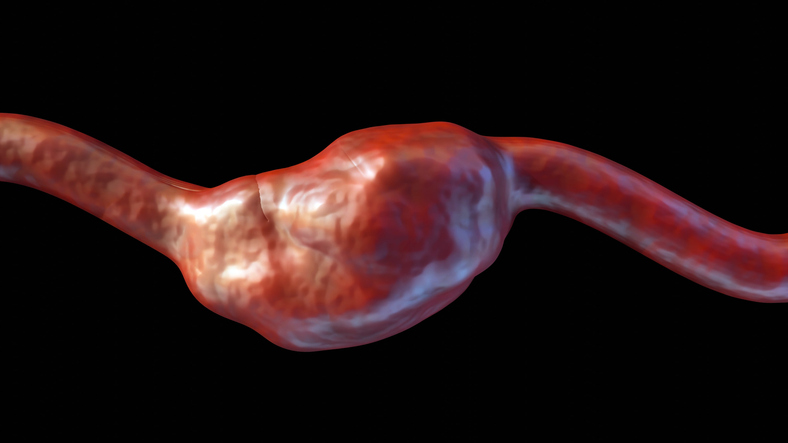
New multi-institutional research examines the genetic basis of the heart’s left and right ventricles using advanced 3D imaging and machine learning. By studying both ventricles together, researchers were able to capture the more intricate multidimensional aspects of heart shape and the shapes’ genomic relationship to cardiovascular disease. The results were published in Nature Communications.
The researchers created statistical shape atlases constructed from 45,683 UK Biobank cardiac magnetic resonance data of different heart shapes. Principal component analysis (PCA) was used to derive principal components (PCs) from the heart shape models to be used as multidimensional heart shape phenotype traits.
With these data, the researchers estimated heritability with the genome-wide association studies (GWAS) and conducted bioinformatics analyses to identify candidate genes and key biologic pathways associated with varied phenotypic characteristics.
PCA was performed on 43,676 cardiac models to identify the independent modes of variation accounting for the greatest amount of shape variation. The result is a set of PCs with a unique Z-score value for each participant reflecting their difference from the mean shape in the direction of the PC. These Z-scores between PCs were uncorrelated. They identified 11 shape dimensions describing the primary phenotypic variations in heart shape.
By plotting cardiac shape ± two standard deviations from the mean in the direction of each PC, the associated biologic shape variation can be visualized:
- PC1 was associated with overall heart size
- PC2 with apex-base length
- PC3 with anterior-posterior width
- PC4 with relative orientation of the RV respective to the LV
- PC5 with lateral width
Other PCs had more complicated shape changes. For example, PC9 was associated with relative size and length of the LV respective to the RV. PCs 2, 3, and 5 also represent variations of cardiac sphericity in different dimensions (variation in length in different dimensions causing the ventricles to be more spherical).
Together, the first 11 PCs (PCs that individually captured > 1% variance) accounted for 83.6% of the total shape variation: 83.7% in European individuals (n=41,235), 83.0% in non-European individuals (n=2,441), and 80.7% in participants with previous myocardial infarction (n=671).
“We identified 45 signals across 8 PCs, of which 14 had not previously been reported for any cardiac trait, and 6 which were not associated with any other PC. The PCs demonstrated significant associations with cardiometabolic diseases, including AF and MI, and genetically predicted PCs were generally consistent with these observations,” the researchers noted.







 © 2025 Mashup Media, LLC, a Formedics Property. All Rights Reserved.
© 2025 Mashup Media, LLC, a Formedics Property. All Rights Reserved.